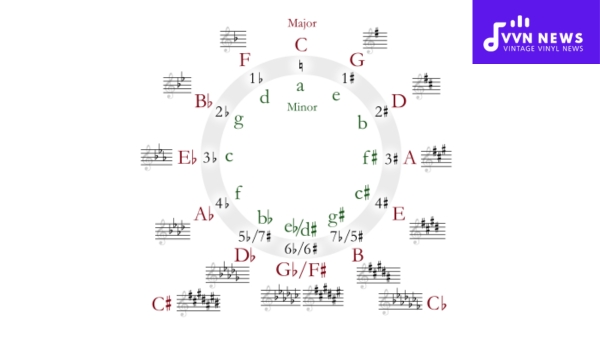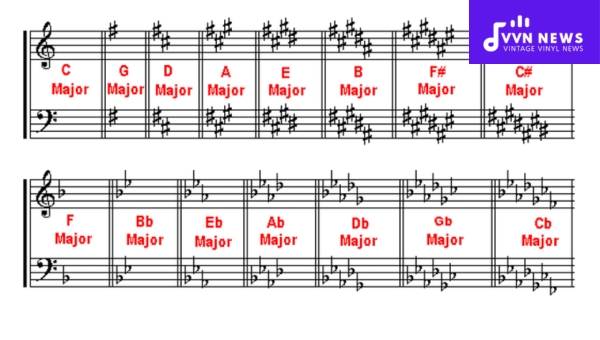Are you a programmer or a music enthusiast looking to understand the intricacies of key signatures in the LiveTune decorator? In this article, we’ll delve deep into key signatures, their relevance in the world of programming, and how you can master them in your projects.
Understanding Key Signatures
A key signature in music indicates the key of a piece and assists musicians in understanding the tonal center of the music. Similarly, in programming, particularly in formats like Decorator LiveTune, key signatures play a crucial role in defining how data is processed and displayed.
The Importance of Key Signatures in Music
Key signatures dictate which notes are sharp or flat and serve as a guideline for musicians to perform accurately. Understanding music theory significantly enhances one’s ability to play and compose music.
Key Signatures in Programming
In programming, especially when using decorators, key signatures help to define the behavior of functions and classes, ensuring that they execute perfectly in their intended environment.
Decorator LiveTune and Key Signatures
The Decorator pattern in programming is a structural design pattern that allows behavior to be added to individual objects, either statically or dynamically, without affecting the behavior of other objects from the same class.

What is LiveTune?
LiveTune is a modern tool that blends the functionality of live editing and tuning of decorative elements in code. It gives developers a way to make real-time adjustments without reloading the entire application.
How Key Signatures Fit In
In the context of LiveTune, key signatures define the parameters that govern this functionality. Understanding these parameters can lead to more effective and efficient coding practices.

How to Use Key Signatures in Decorator LiveTune
Using key signatures involves several steps:
- Identify the purpose of your decorator.
- Define the key signature that will best serve this purpose.
- Implement the LiveTune functionality within your key signature.
- Test and tweak your implementation for desired results.
Examples of Key Signatures in Action
Let’s look at a simple example using Python decorators to demonstrate how you can set a key signature and use it effectively with LiveTune.

def key_signature_decorator(func):
def wrapper(*args, **kwargs):
print("Key Signature Active!")
return func(*args, **kwargs)
return wrapper
@key_signature_decorator
def sample_function():
print("Function executed.")
 sample_function()
sample_function()
Pros and Cons of Using Key Signatures in Decorator LiveTune
| Pros | Cons |
|---|---|
| Enhances modularity and code reusability | Can lead to increased complexity if overused |
| Allows for better control over behavior | Debugging may become challenging |
| Real-time updates improve workflow | May require additional learning for beginners |

Common Mistakes to Avoid When Using Key Signatures
1. Not Defining a Clear Purpose
Before implementing a key signature, make sure you understand what you want to achieve with it. Without a clear purpose, your code may become convoluted.
2. Ignoring Performance Implications
While decorators can simplify code, they can also affect performance if misused. Always test your implementation under different conditions.
3. Overcomplicating Simple Functions
Keep it simple! Not every function requires a decorator. Only use them when necessary to enhance readability and functionality.
FAQs about Key Signature for Decorator LiveTune
What is the primary function of a key signature?
The primary function of a key signature is to indicate the key of a piece of music, guiding musicians on which notes to play sharp or flat. In programming, it helps define function behaviors effectively.
How does Key Signature enhance my coding experience?
By providing clarity and structure, key signatures can improve your code’s modularity, making it easier to maintain and understand.
Can beginners use Key Signature in Decorator LiveTune?
Yes, beginners can use key signatures, but it is advisable to have a basic understanding of decorators and the underlying concepts of LiveTune for optimal results.
What programming languages can I use Key Signature with?
Key signatures in the context of decorators can be used with various programming languages, including Python, JavaScript, and others that support the decorator pattern.